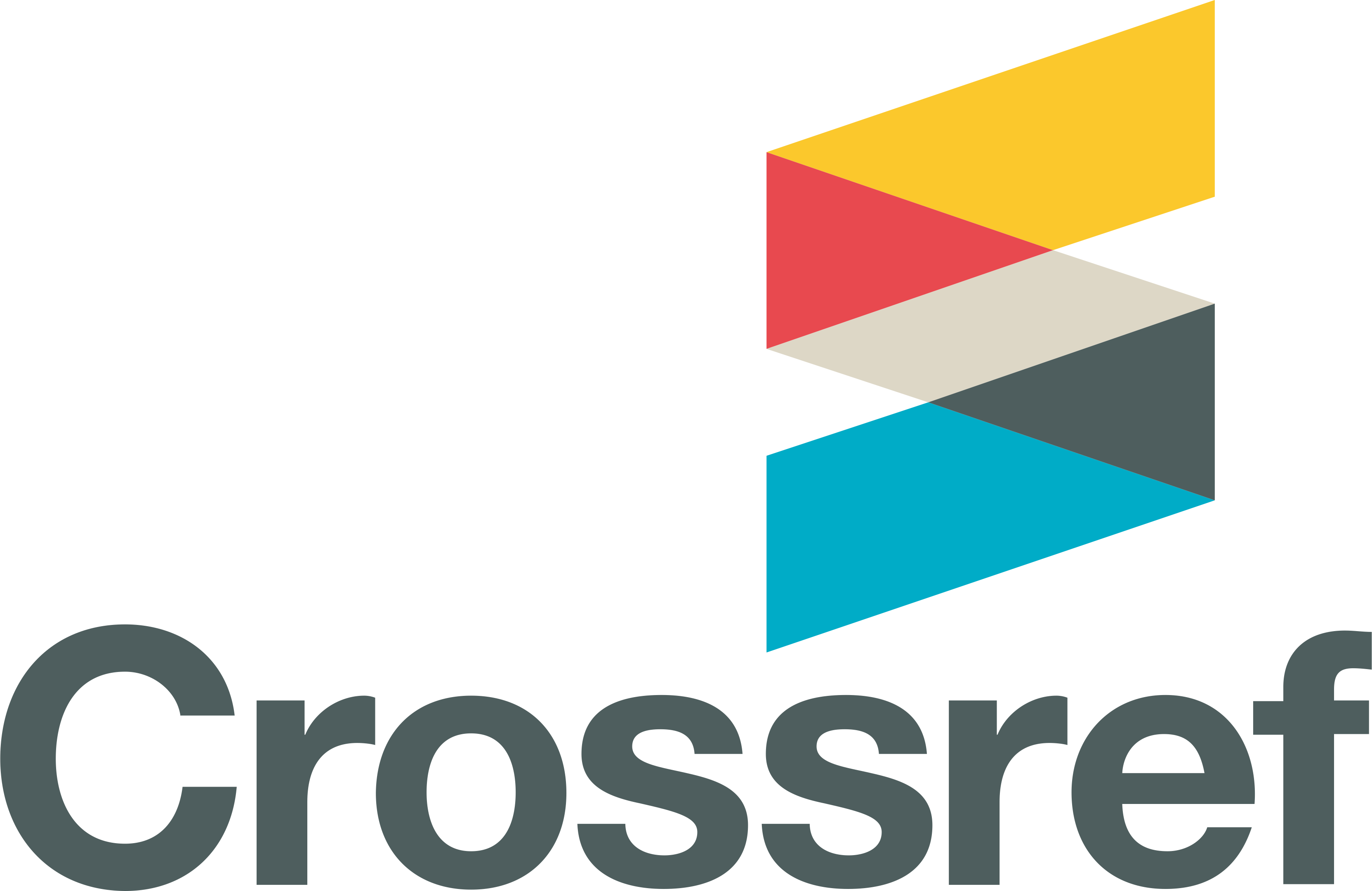Diet Composition and Endoparasitic Load of the Cane Toad, Rhinella marina (Linnaeus 1758) from Selected Localities of Butuan City, Philippines
Keywords:
Food items, omnivore, endoparasites, invasivenessAbstract
Rhinella marina is an introduced, invasive, and generalist species that prefer open and disturbed habitats. The study was conducted in the four non-forested barangays of Butuan City between February-May, 2018, and 40 samples of R. marina were captured for diet and endoparasite analyses. Following gut content analysis, the stomach, intestine, and liver were excised. The plant debris dominated the food items of the samples collected in Barangay Cabcabon (82.50%), Libertad (57.50%), and Sumilihon (67.50%) while stones, pebbles, and plastics yielded 62.50% in the stomach contents of samples from Barangay Anticala. Plant matters (65%) were the overall most representative component, while insect prey was the least recorded food item (4%). The species flexibility towards food items makes it qualify to be an omnivorous species. The endoparasite examination recorded 34 individuals of helminths, 17 nematodes, and 17 trematodes from 14 infected hosts with an overall prevalence rate of 35%. It was noted that no two types of parasites co-exist with one another. Using the Spearman non-parametric correlation, it was recorded that there was no significant positive correlation between the diet and the parasite load in the host (p-value = 0.734; R2 = -0.55). The results suggest that the generalist omnivore behavior of R. marina could out-compete native and endemic anuran fauna in terms of food and space. The species could also act as a reservoir and could spread the endoparasites to the native amphibians within the habitat.
Downloads
Published
How to Cite
Issue
Section
License

This work is licensed under a Creative Commons Attribution-NonCommercial 4.0 International License.




